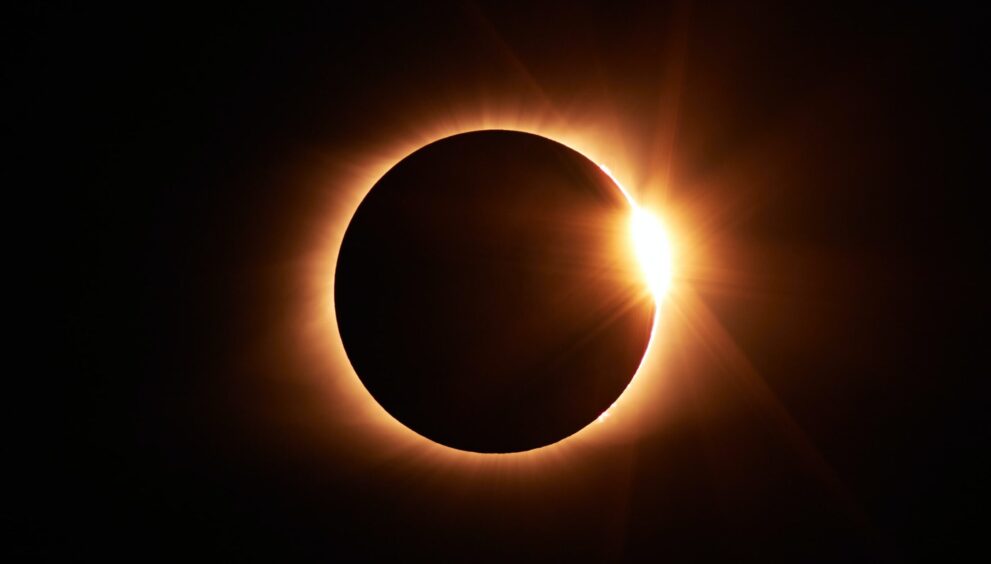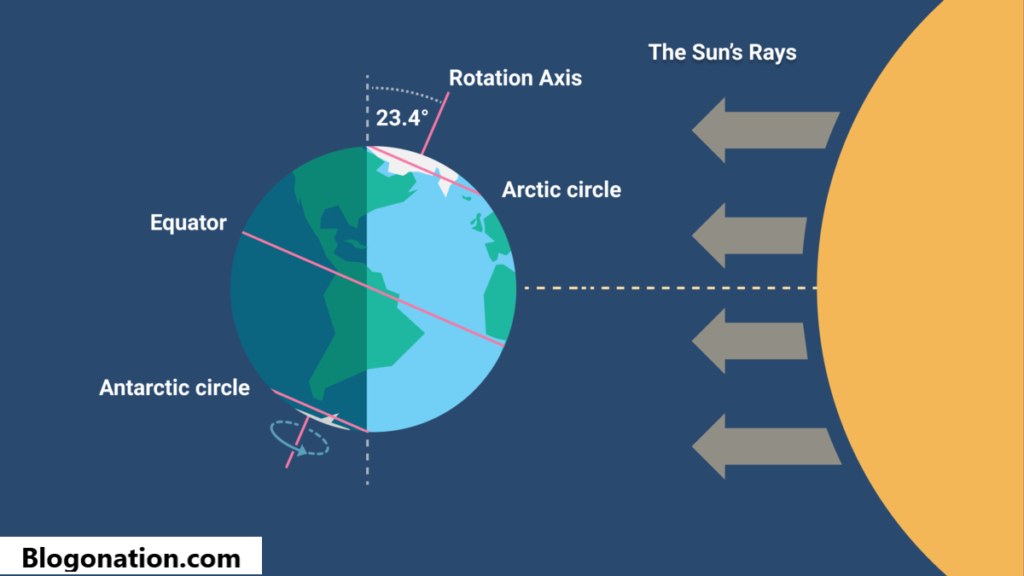10 Shocking Facts About the Total Eclipse 2024 Event

What Makes the Total Eclipse 2024 Special?
The total eclipse 2024 will be one of the most anticipated astronomical events in recent history. On April 8, 2024, the moon will completely cover the sun, casting a shadow over parts of North America. This rare celestial event will create a path of totality that spans several countries, giving millions of people the chance to witness a stunning phenomenon. Unlike partial or annular eclipses, a total eclipse offers a dramatic view of the sun’s corona, which is the outermost layer of the sun’s atmosphere.
Where Will the Path of Totality Be Visible?
The path of totality for the total eclipse 2024 will cross North America, making it accessible to viewers in both the United States and Canada. The path will begin in Mexico, traveling northeast through Texas and several other states, including Arkansas, Missouri, Illinois, Indiana, Ohio, and New York, before reaching Canada. Major cities like Dallas, Indianapolis, and Buffalo will experience this celestial event. Those outside the path of totality will still see a partial eclipse, but being within the path offers a truly breathtaking experience.
How Long Will Totality Last?
Totality, the moment when the moon completely covers the sun, varies in duration based on location. During the total eclipse 2024, those in the center of the path of totality may experience darkness lasting up to four minutes. This duration is notably longer than many recent total eclipses, providing more time for skywatchers to appreciate the view. The darkness of totality transforms the daytime sky into twilight, allowing stars and planets to become visible. This extended period of totality will offer a unique opportunity for photographers and astronomy enthusiasts alike.
How to Safely Watch the Total Eclipse 2024
Safety is paramount when watching a total eclipse. Viewing the eclipse without proper eye protection can cause serious damage to your eyes. Solar eclipse glasses are specially designed to block out harmful rays and are essential for anyone watching the event. For those who plan to use telescopes or cameras, it’s important to equip them with solar filters. Only during the brief moments of totality can viewers safely look at the eclipse without glasses, but this should be done with caution. Preparation ensures a safe and enjoyable experience.

Why Total Eclipses Are So Rare
Total eclipses like the one in 2024 are rare due to the specific alignment needed between the sun, moon, and Earth. The moon’s orbit is tilted relative to Earth’s orbit around the sun, which means that eclipses don’t happen every month. For a total eclipse to occur, the moon must be at just the right distance from Earth and directly between the Earth and the sun. The rarity of this alignment makes each total eclipse a special event. The total eclipse 2024 offers a rare chance to experience this alignment firsthand.
What to Expect During the Eclipse
During the total eclipse 2024, viewers can expect a range of unique visual phenomena. As the moon begins to cover the sun, the sky will gradually darken, similar to twilight. The temperature may drop noticeably, and shadows will appear sharper than usual. As totality nears, the “diamond ring” effect and “Bailey’s beads” become visible, creating striking images. Once totality is reached, the sun’s corona will shine around the dark disk of the moon, revealing a delicate glow. This entire process creates an otherworldly atmosphere, making the experience unforgettable.
The Impact of Weather on the Viewing Experience
Weather plays a significant role in determining the quality of viewing for the total eclipse 2024. Clear skies are ideal for observing the eclipse, while clouds can obscure the view and diminish the experience. Checking weather forecasts ahead of time and choosing a viewing location with a high chance of clear skies can make all the difference. Some eclipse chasers travel to areas known for their favorable weather conditions to increase their chances of seeing the event. Proper planning can enhance the overall experience and ensure a memorable viewing of the eclipse.
Tips for Capturing the Best Photos
Capturing stunning photos of the total eclipse 2024 requires preparation and the right equipment. A camera with manual settings and a solar filter is a must for photographing the partial phases. During totality, when it’s safe to remove the filter, a tripod will help keep the camera steady for clear images. Experimenting with different exposure times and settings can yield varied results. To capture the beauty of the sun’s corona, a longer exposure may highlight its intricate details. Planning your shots ahead of time can help you make the most of this rare photographic opportunity.
When Will the Next Total Eclipse Occur?
After the total eclipse in 2024, the next opportunity to witness a total solar eclipse in North America will not occur until 2045. This long gap makes the 2024 event particularly special for those hoping to see a total eclipse. While partial eclipses are more common, total solar eclipses are rare, creating a sense of urgency among enthusiasts. Knowing that such events are few and far between adds to the excitement and anticipation. The 2024 eclipse provides a unique chance to experience a natural phenomenon that won’t come around again for many years.
Prepare for the Total Eclipse 2024
The total eclipse 2024 offers a once-in-a-lifetime chance to witness one of nature’s most stunning displays. Proper planning, from choosing a viewing location to acquiring safety glasses, can make all the difference. Understanding the event, its timing, and how to safely observe it will enhance the experience. With the right preparation, you can fully immerse yourself in the awe-inspiring sight of the moon blocking out the sun, turning day into night for a few magical minutes. Make the most of this rare opportunity to connect with the cosmos.













